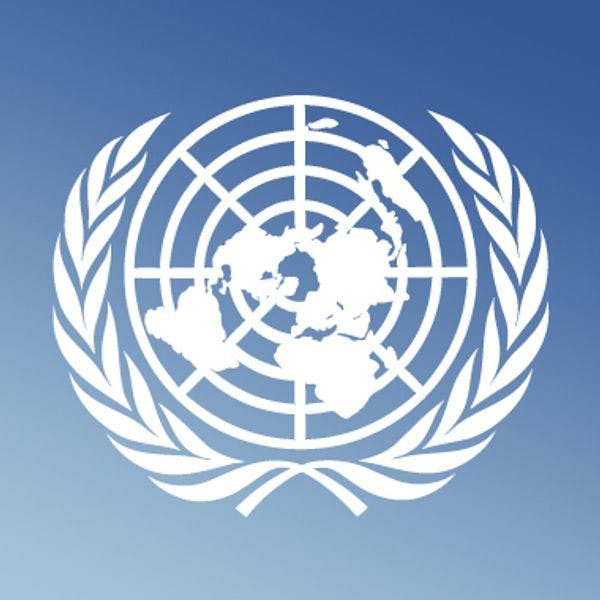UNODC early warning system records rapid increase in legal highs in 2013
Amidst figures showing a sharp rise in the number of reported new psychoactive substances (NPS), international experts met last week to address this growing challenge. Over the past 12 months, the number of NPS reported to UNODC rose by 41 per cent, from 251 to 354, while countries reporting detection of these substances climbed from 70 to 90.
Marketed as 'legal highs' or 'designer drugs' and sold openly, including via the internet, NPS formulations are outpacing efforts to impose international control. Criminals have been quick to tap into this lucrative market. Uncontrolled and therefore not tested for safety, their potential for harm is far greater than that of traditional drugs.
During the meeting in Vienna, Austria, experts acknowledged that while the current international drug conventions have all the necessary tools to address NPS, keeping track and controlling these substances is still a challenge. The World Health Organization, which recommends the scheduling of potentially harmful new substances under the drug conventions, committed to prioritize substances to be evaluated and to align their review process with the meetings of the Commission on Narcotic Drugs for a faster response.
Click here to read the full article.
Keep up-to-date with drug policy developments by subscribing to the IDPC Monthly Alert.
Regions
Related Profiles
- United Nations Office on Drugs and Crime (UNODC)
